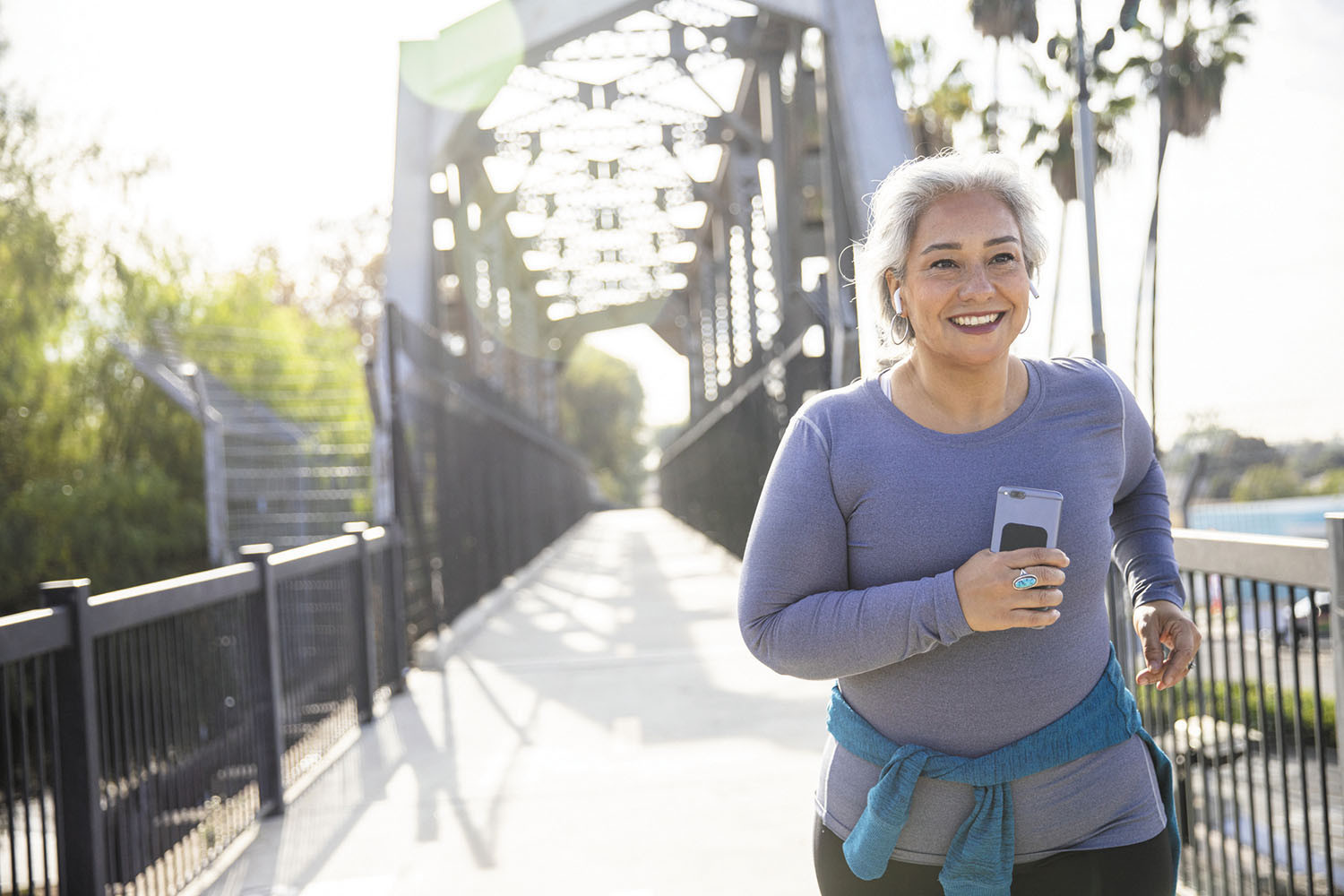
5 timeless habits for better health

What are the symptoms of prostate cancer?

Is your breakfast cereal healthy?

When pain signals an emergency: Symptoms you should never ignore

Does exercise give you energy?

Acupuncture for pain relief: How it works and what to expect

How to avoid jet lag: Tips for staying alert when you travel

Biofeedback therapy: How it works and how it can help relieve pain

Best vitamins and minerals for energy

Should you take probiotics with antibiotics?
Physical Activity Archive
Articles
Ways to maximize your energy
People's energy levels typically decrease later in life as a result of aging, illness, or other factors. Fortunately, a healthier lifestyle can boost energy. That involves eating a diet low in added sugars and processed foods, getting seven to nine hours of sleep each night, managing stress, getting lots of aerobic exercise, and strengthening the muscles. Using physical energy frugally is another useful strategy. For example, it helps to perform activities at a slow, steady pace instead of a fast pace; to break activities into small tasks instead of one large job; and to rest between tasks.
For mellow movement that helps your heart, try tai chi
Tai chi is a gentle, adaptable practice that features flowing movements combined with breathing and cognitive focus. It may be especially helpful for people who are recovering from a heart attack or other medical problems or who have heart failure. Tai chi also can be a gateway to other types of physical activity because the practice may improve balance, reduce the risk of falls, and even help ease lower back pain—a common reason for avoiding exercise.
Cardiorespiratory fitness may protect men from some cancers
According to a 2023 observational study, greater cardiorespiratory fitness in men was linked to a lower risk of death from colon, lung, or prostate cancer.
Step up your running and walking workouts
Running and walking are two of the best exercises — and among the easiest to adopt — for almost everyone. But it can be easy to get in stuck in a rut. Some ways to reignite the excitement and boost commitment for these activities are to set goals and challenges, enlist a workout buddy, explore new routes, do more interval training, and buy fun accessories.
An inside look at body fat
As men age, their metabolism naturally slows, and they burn calories more slowly. They can be less active and consume extra calories. The result is a buildup of visceral fat inside the abdominal cavity and around vital organs. This can raise heart disease risk factors, such as blood pressure, blood sugar, and total cholesterol levels. The best way to fight visceral fat is with aerobic exercise, strength training, and a healthy diet that includes plenty of protein.
Overcoming heart health obstacles
Men often confront obstacles that keep them from managing heart disease or lowering their risk for it. Harvard cardiologists share the advice they give patients who face challenges in the areas of weight loss, medication management, exercise, and diet. These include thinking about their future health goals, monitoring blood pressure, scheduling workouts, joining group weight-loss groups, and learning portion control for meals.
Staying in shape: A case of "use it or lose it"
Fitness levels rapidly diminish when people abruptly stop workouts. Cardiovascular fitness declines within weeks, while muscle strength deteriorates after about two months. The longer a person hasn't exercised, the longer it will take to regain prior fitness levels. To restart exercise, people should seek their doctor's approval, especially if they have chronic conditions; build up exercise levels slowly; do the same types of exercises they once enjoyed; find an exercise partner; and track progress with wearable devices or by keeping a paper log.
Do these activities hurt your knees?
Certain activities like running, stair climbing, or kneeling may lead to knee pain. But evidence suggests that regular activity or exercise is unlikely to cause actual knee damage. Learn how to keep active and avoid knee pain.
How does exercise affect blood pressure?
A 2023 analysis of nearly 300 randomized trials found that several types of exercise were effective in lowering resting blood pressure. Exercise types included aerobic exercise, high-intensity interval training, dynamic resistance training, isometric exercise training, and combined training (aerobic exercise plus one of the other types of exercise). People who are over age 50 and have not been exercising much should check with a doctor before beginning a regular exercise program, since some types of exercise may not be right for them.
Exercise may counteract inherited risk for diabetes
Getting regular exercise can help fend off diabetes, even in people with a genetic propensity for the disease, according to a 2023 study.

5 timeless habits for better health

What are the symptoms of prostate cancer?

Is your breakfast cereal healthy?

When pain signals an emergency: Symptoms you should never ignore

Does exercise give you energy?

Acupuncture for pain relief: How it works and what to expect

How to avoid jet lag: Tips for staying alert when you travel

Biofeedback therapy: How it works and how it can help relieve pain

Best vitamins and minerals for energy

Should you take probiotics with antibiotics?
Free Healthbeat Signup
Get the latest in health news delivered to your inbox!
Sign Up











